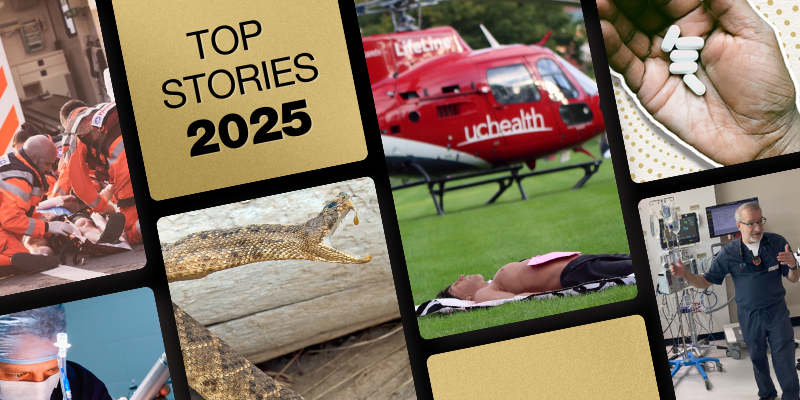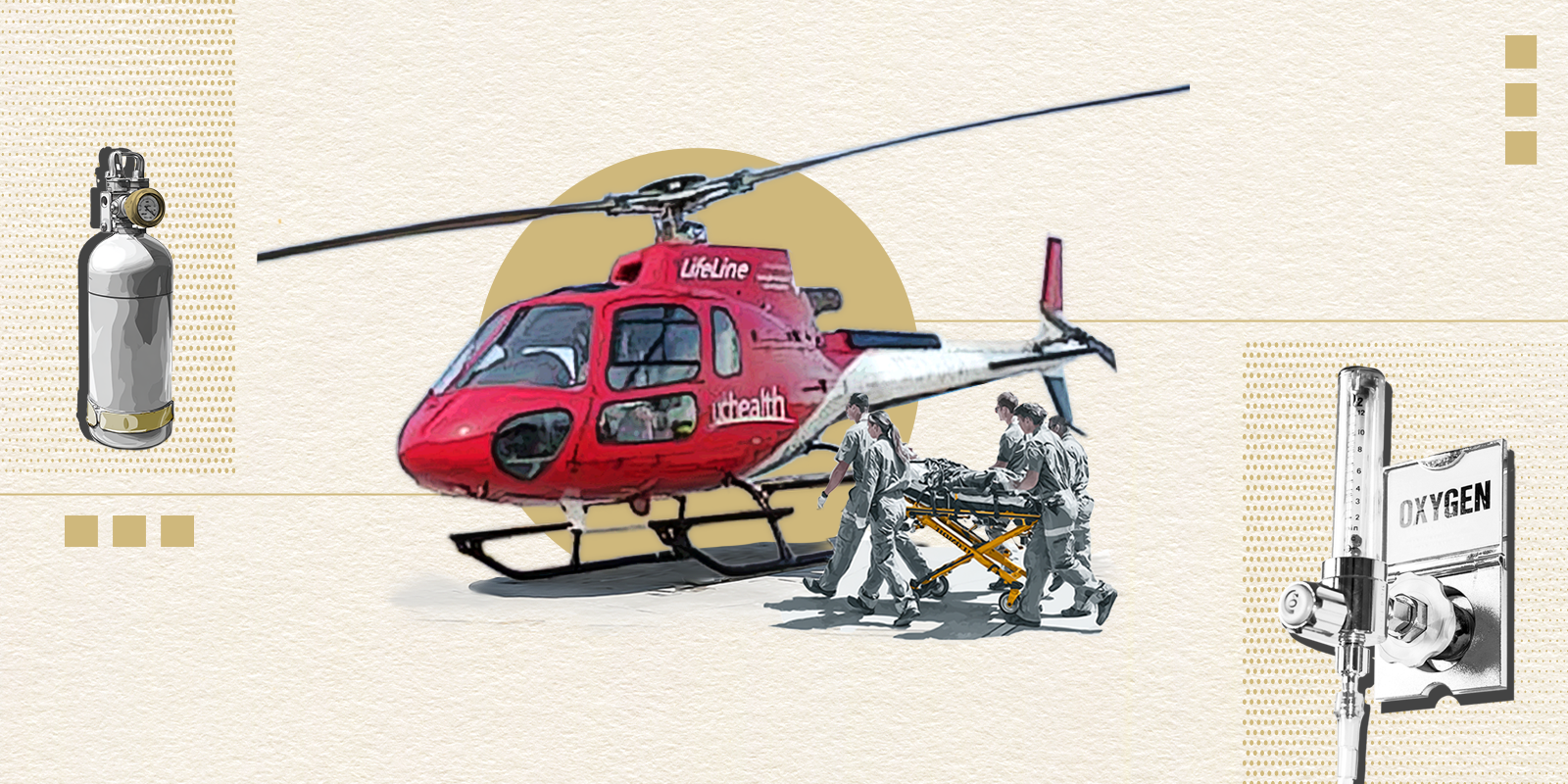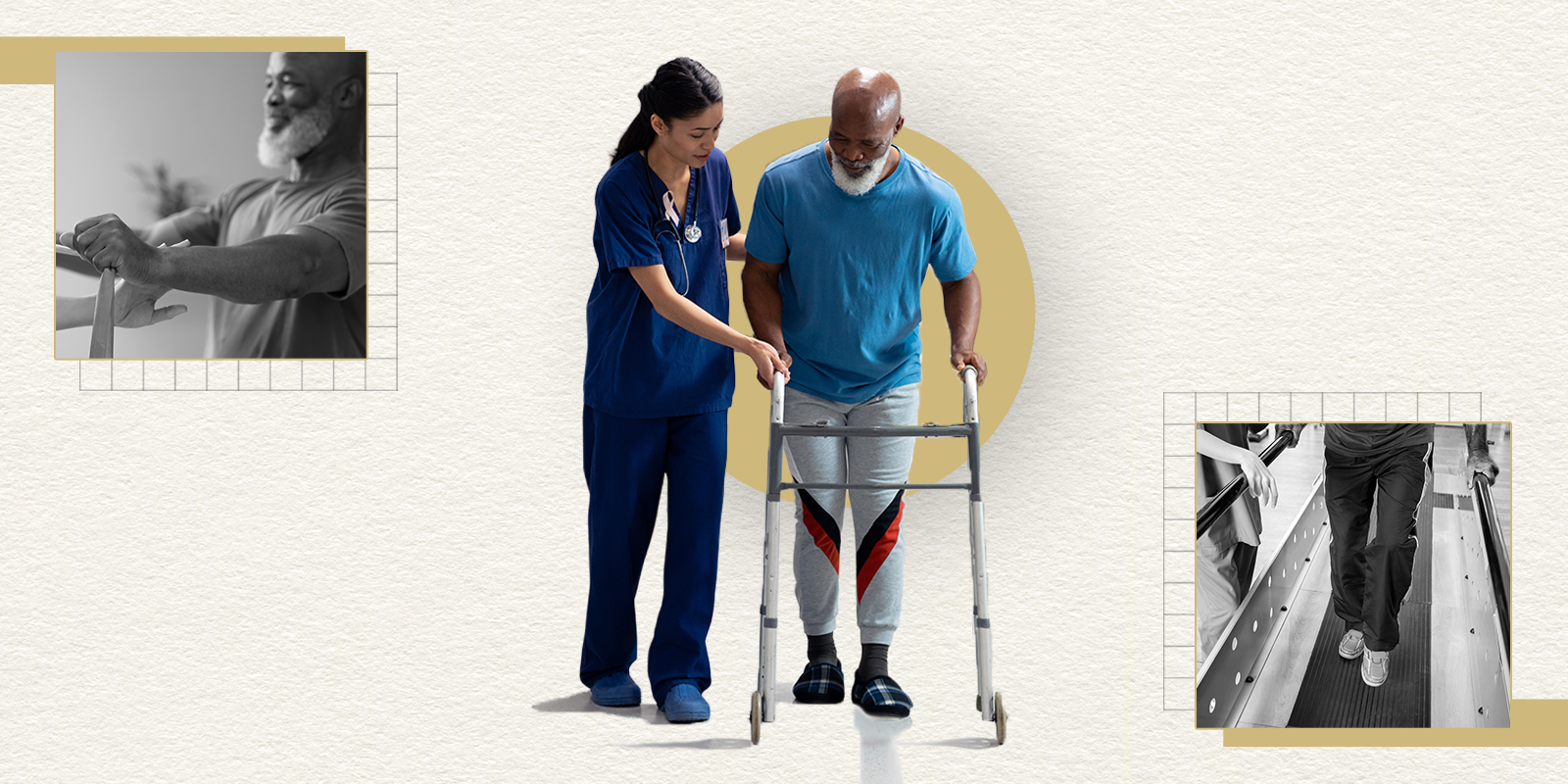In 2023, the University of Colorado Department of Emergency Medicine celebrated the launch of the CU Firearm Injury Prevention Initiative and the Program for EMS and Prehospital Care, while introducing brand new research in emergency airway management, mental health, critical trauma care, and more.
Emergency medicine faculty grew education and collaboration efforts by bringing renowned, national leaders in medicine to campus, hosting seminars and discussions on firearm injury prevention, leading a toxicology fellowship, presenting research at conferences worldwide, and mentoring military collaborators, researchers, and students.
Here are the top stories of 2023 for the Department of Emergency Medicine.
CU School of Medicine Launches Firearm Injury Prevention Initiative
The University of Colorado School of Medicine launched the Firearm Injury Prevention Initiative, bringing CU Anschutz experts together to serve as a trusted community and national resource for firearms-related research and solutions.
Led by Emmy Betz, MD, MPH, the Firearm Injury Prevention Initiative will conduct and disseminate research on effective approaches to reduce injury and death, design resources and tools for practice, mentor future firearm injury prevention professionals, and work alongside local communities to develop effective and relevant solutions.
U.S. Assistant Secretary of Defense for Health Affairs Visits CU Anschutz
The University of Colorado Center for Combat Medicine and Battlefield (COMBAT) Research hosted United States Assistant Secretary of Defense for Health Affairs, Lester Martínez-López, MD, MPH, on the University of Colorado Anschutz Medical Campus.
Martínez-López’s visit was part of the COMBAT Distinguished Leader seminar series. University of Colorado President Todd Saliman, Regent Ilana Dubin Spiegel, and Anschutz Foundation President Christian P. Anschutz were in attendance for a morning leadership meeting with Martínez-López, and campus research leaders met with Martínez-López throughout the afternoon.

Challenges of Medical Care in Space
The CU Center for Combat Medicine and Battlefield (COMBAT) Research welcomed NASA astronaut Kjell Lindgren, MD, to the University of Colorado Anschutz Medical Campus, where he presented at a distinguished leader seminar on “The Challenges of Medical Care in Space: A Perspective From Low Earth Orbit and the Future of Human Spaceflight."
Lindgren, a 2002 graduate of the CU School of Medicine and emergency medicine physician, was selected by NASA in June 2009 as one of 14 members of the 20th NASA astronaut class and has spent more than 300 days in space across two spaceflights.
Lindgren shared what the future of medical care in space could look like as we set our sights on Mars.

A New Gold Standard for Emergency Airway Management
For patients with severe respiratory failure, tracheal intubation is a life-saving procedure. Health care providers perform intubation in critical care settings using one of two devices: direct or video laryngoscopes.
The Pragmatic Clinical Care Research Group (PCCRG) aimed to find out which method of intubation offered better outcomes for critically ill patients. To answer the question, PCCRG, which is comprised of researchers from 17 emergency departments and intensive care units across the United States, conducted the DirEct versus VIdeo LaryngosCopE (DEVICE) trial, which was funded by the Defense Health Agency.
PCCRG investigator Adit Ginde, MD, professor of emergency medicine in the University of Colorado School of Medicine and principal investigator of the CU Airway, Trauma, Lung injury, and Sepsis (ATLAS) Research Program co-led the trial design and established the CU Anschutz Medical Campus as the lead site in funding the study in collaboration with the CU Center for Combat Medicine and Battlefield (COMBAT) Research.

Emmy Betz, MD, MPH, Elected as New Member of the National Academy of Medicine
Emmy Betz, MD, MPH, was been elected as a new member of the National Academy of Medicine (NAM). Betz, director of the University of Colorado Firearm Injury Prevention Initiative and professor of emergency medicine in the University of Colorado School of Medicine, is the sixth faculty member from the CU School of Medicine to receive the honor from NAM. Becoming a NAM member is considered one of the highest honors in the fields of health and medicine.
NAM welcomed 90 new regular members and 10 new international members. New members are elected by current members through a process that recognizes individuals who have made major contributions to the advancement of the medical sciences, health care, and public health.
Betz is nationally known as a pioneer in injury and suicide prevention research, with a focus on firearm injury prevention research. She launched the CU Firearm Injury Prevention Initiative in March 2023 to serve as a trusted community and national resource for firearm-related research and solutions.

Mapping Mass Shootings in the United States
The United States has more than 10 times the number of mass shooting incidents than other developed countries, yet little research has shown the distribution and types of shootings, geographically.
Leslie Barnard, a doctoral candidate in the Department of Epidemiology in the Colorado School of Public Health, is working with the University of Colorado School of Medicine’s Firearm Injury Prevention Initiative to find answers to address public concerns about the shootings from a public health perspective. Barnard worked with Firearm Injury Prevention Initiative collaborators to analyze data from 2014–22 and calculate cumulative incidence rates of mass shooting event types based on incident characteristics.
The study was published in the Journal of the American Medical Association (JAMA) Network Open.

Study Explores Disparities in Emergency Medical Services Care in the U.S.
Emergency medical services (EMS), or prehospital care teams, are the first medical contact for people needing immediate care and because of that they can have significant impact on how treatment will continue. Due to environmental, cultural, and socioeconomic factors, some patients don’t get the care they need, presenting EMS leadership with challenges to improve access to quality and equitable care.
Andra Farcas, MD, assistant professor of emergency medicine at the University of Colorado School of Medicine and EMS physician, wanted to learn about the gaps in patient care and found limited research on disparities related to patient demographic characteristics in prehospital care. This led Farcas to collaborate with researchers nationwide from the National Association for EMS Physicians (NAEMSP) to explore disparities in care. The group’s study was published late last year in the journal Prehospital Emergency Care.
Farcas and her research colleagues from NAEMSP’s Diversity, Equity, and Inclusion (DEI) Committee summarized existing literature on disparities in prehospital care delivery for patients identifying as members of an underrepresented race, ethnicity, sex, gender, or sexual orientation group.

CU Hosts Second Annual Military Firearm Suicide Prevention Summit
Preventing suicide among military service members and their family members is one of the top priorities for the United States Department of Defense (DoD). The 2021 DoD Annual Suicide Report found that 70% of suicides among service members are enacted with a firearm, as are 60% of suicides among service member spouses.
The scope of military suicides and high percentage of suicides by firearm is concerning not only to defense agencies, but also to firearm injury prevention researchers, clinicians, firearm industry leaders, and community organizations.
The second annual Military Firearm Suicide Prevention Summit hosted by the University of Colorado Firearm Injury Prevention Initiative and CU Center for Combat Medicine and Battlefield (COMBAT) Research brought stakeholders to the CU Anschutz Medical Campus to share research, strategies, and collaborative ideas for addressing and preventing firearm suicide. One of the major goals of the summit was to foster opportunities for synergy across all partner organizations.

CU School of Medicine Faculty Members Win Competitive Research Awards, Present New Solutions at Military Health System Research Symposium
Collaborators from the CU Anschutz Center for Combat Medicine and Battlefield (COMBAT) Research, Cape-Colorado-Combat (C3) Global Trauma Network, Firearm Injury Prevention Initiative (FIPI), Airway, Trauma, Lung injury, and Sepsis (ATLAS) Research group, and other CU research teams presented research at the Military Health System Research Symposium (MHSRS) in Kissimmee, Florida, hosted by the Department of Defense (DoD). The symposium brings together health care professionals, researchers, academic programs, organizations, and leaders from the DoD to discuss innovative strategies and tools.
The Center for COMBAT Research coordinated 40 CU faculty and staff to attend the symposium, with 12 poster presentations, 10 oral presentations, and one plenary presentation.
In addition to presenting their research discoveries, the Strategy to Avoid Excessive Oxygen (SAVE-O2) team, led by Adit Ginde, MD, MPH, principal investigator for ATLAS, received the MHSRS Outstanding Research Accomplishment Team Award for their clinical trial, and Ian Stanley, PhD, psychological health lead for the Center for COMBAT Research, won first place in the MHSRS Young Investigators Competition for his research on lethal means safety counseling.

New Grant Will Support the Creation of Educational Resources on Extreme Risk Protection Orders in Colorado
Christopher Knoepke, PhD, MSW, LCSW, law enforcement lead for the University of Colorado School of Medicine’s Firearm Injury Prevention Initiative, received a two-year grant from the Fund for a Safer Future and is leading a project with the Colorado Attorney General’s office and law enforcement agencies throughout the state to create new videos and discussion guides on extreme risk protection orders (ERPOs).
ERPOs, often known as “red flag laws,” allow families and law enforcement to request a court to temporarily restrict firearm access for individuals at with imminent risk of harming themselves or others. ERPOs are an option when other voluntary approaches have failed.
ERPOs are relatively new for many states; Colorado’s ERPO law went into effect on January 1, 2020. Researchers within the initiative wanted to understand the usage of the law during the first year of implementation and found that most ERPOs were submitted by law enforcement. Through the study, they discovered that one of the key factors missing in implementing the new law was that training materials for law enforcement officials needed to help better explain the use cases and purpose of ERPOs.





